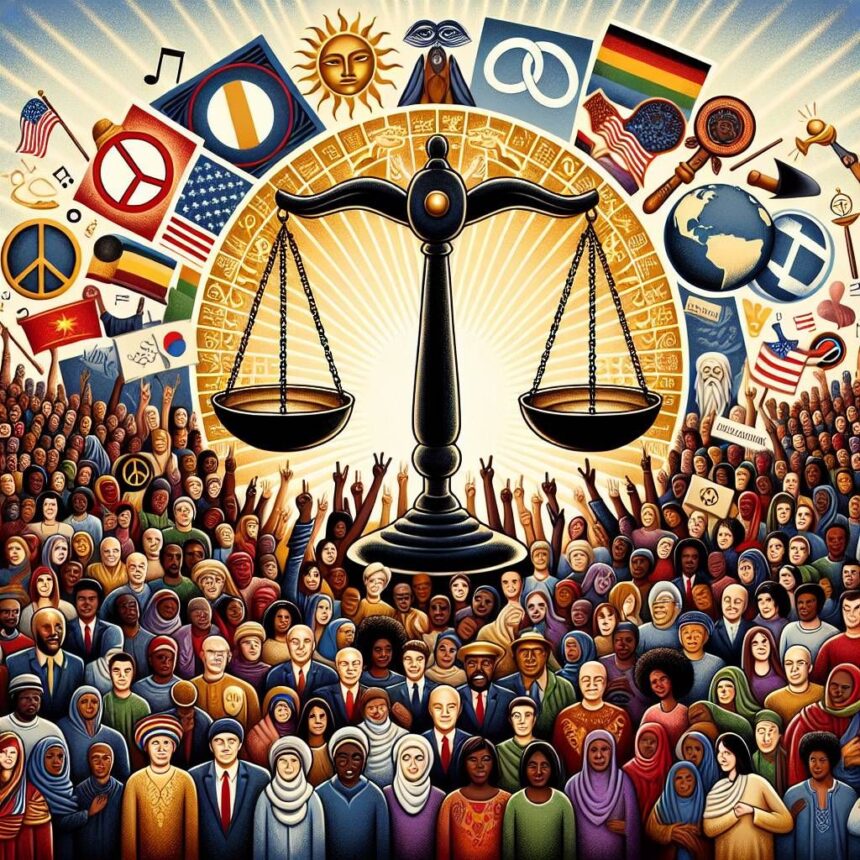Cultural and Educational Rights (Articles 29–30 of the Constitution of India)
Cultural and Educational Rights are part of the Fundamental Rights in Part III of the Constitution. They aim to protect the interests of minorities and ensure that every community can preserve its culture, language, and education.
These rights reflect India’s diverse and pluralistic society, promoting unity while respecting cultural differences.
Key Features
Protection of Minority Rights:
Ensures that religious and linguistic minorities can safeguard their culture and education.
Freedom to Preserve Language and Script:
Minorities have the right to conserve their language, script, and cultural heritage.
Right to Establish Educational Institutions:
Minorities can establish and administer schools and colleges of their choice.
Fundamental and Justiciable:
These rights are legally enforceable; citizens can approach courts if these rights are violated.
Balance Between Minority Rights and National Interest:
The state can impose reasonable regulations to ensure national standards and integration.
Articles under Cultural and Educational Rights
Article 29 – Protection of Interests of Minorities
Who it protects: Citizens belonging to any section of the population with distinct language, script, or culture.
Key Provisions:
Right to conserve their culture, language, and script.
No citizen can be denied admission to educational institutions based on language, religion, or culture.
Significance: Safeguards cultural diversity and ensures equal access to education.
Article 30 – Right of Minorities to Establish and Administer Educational Institutions
Who it protects: Religious and linguistic minorities.
Key Provisions:
Right to establish and manage educational institutions of their choice.
State cannot discriminate against minority institutions in granting aid.
Allows minorities to preserve their identity through education.
Significance: Promotes educational autonomy and preserves minority heritage.
Importance of Cultural and Educational Rights
Preserve Diversity: Protects India’s rich cultural, linguistic, and religious heritage.
Promote Inclusion: Ensures minorities have access to education and cultural growth.
Strengthen Democracy: Guarantees equal rights to all sections of society.
Empower Communities: Allows minorities to shape education according to their values while maintaining national standards.
Practical Examples
A Muslim minority group can run its own schools and teach Islamic studies while following general education guidelines.
Sikh students can preserve Punjabi language and Gurmukhi script in their schools.
An educational institution cannot refuse admission to a child just because of their religion or language.
Conclusion
Cultural and Educational Rights uphold India’s pluralistic and secular character. They ensure that every community can conserve its unique identity while promoting inclusive education and social harmony. By protecting minorities, these rights strengthen India’s unity in diversity and help create a respectful and equitable society.








